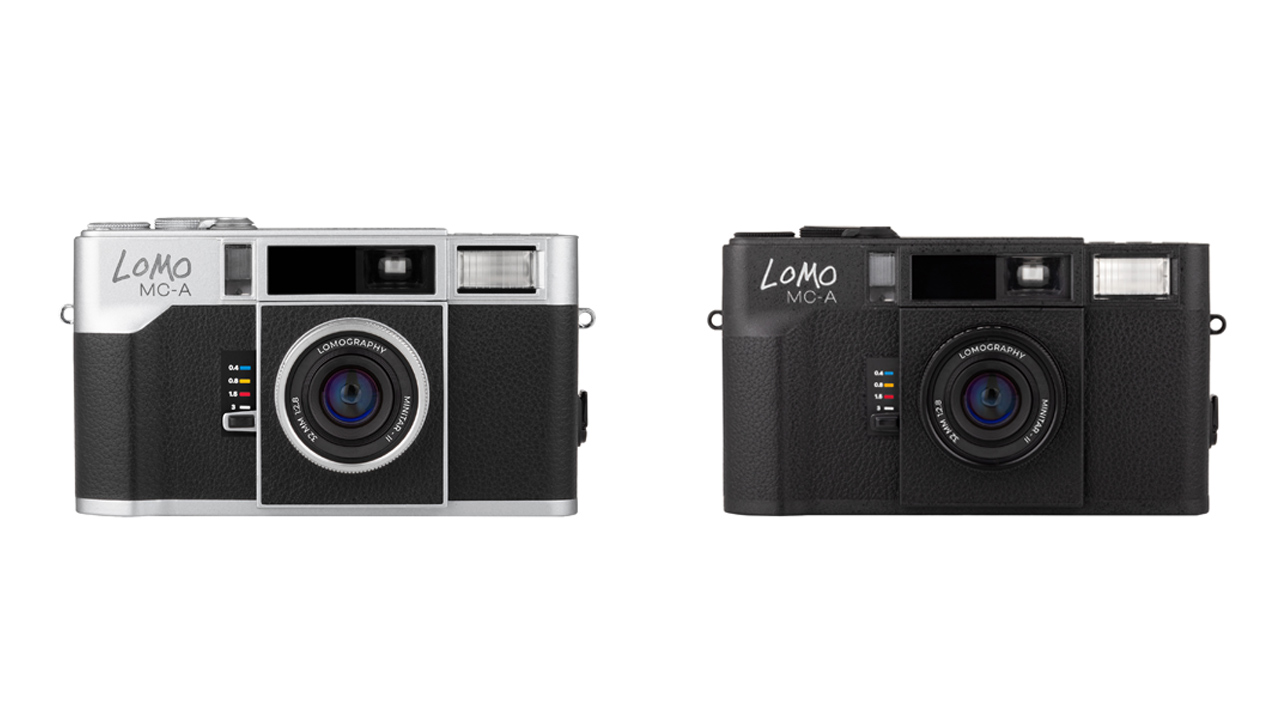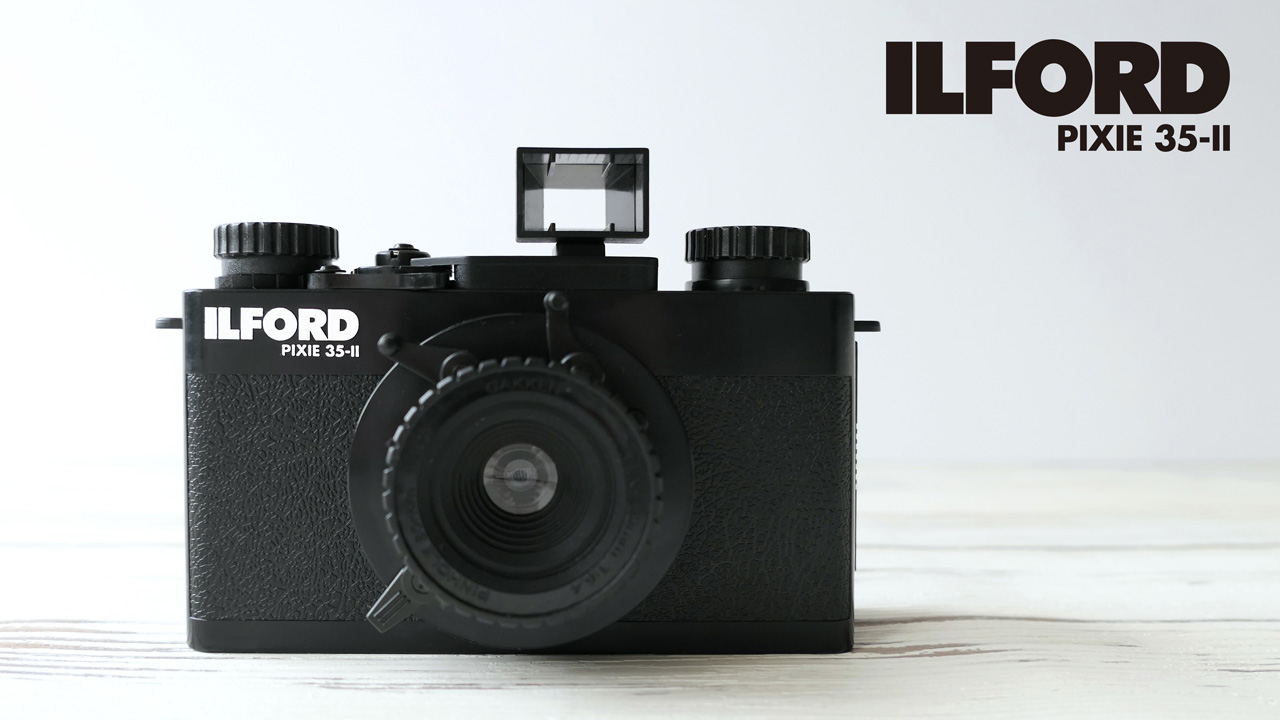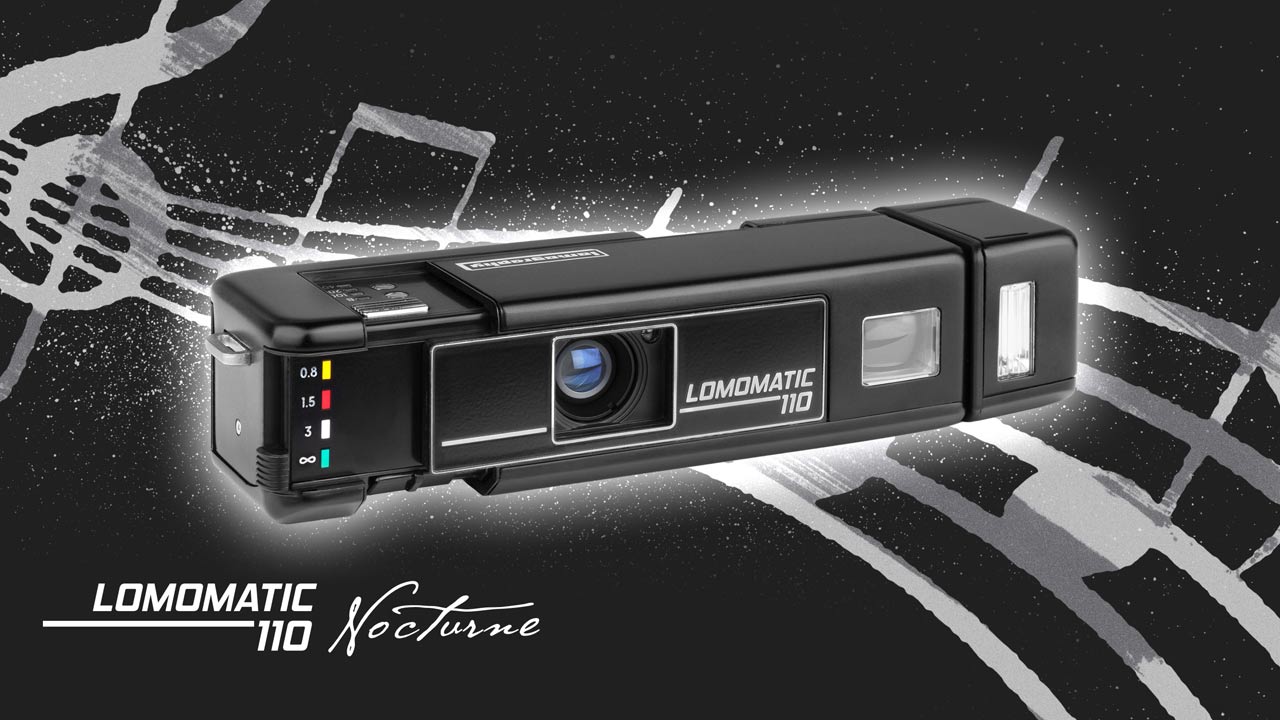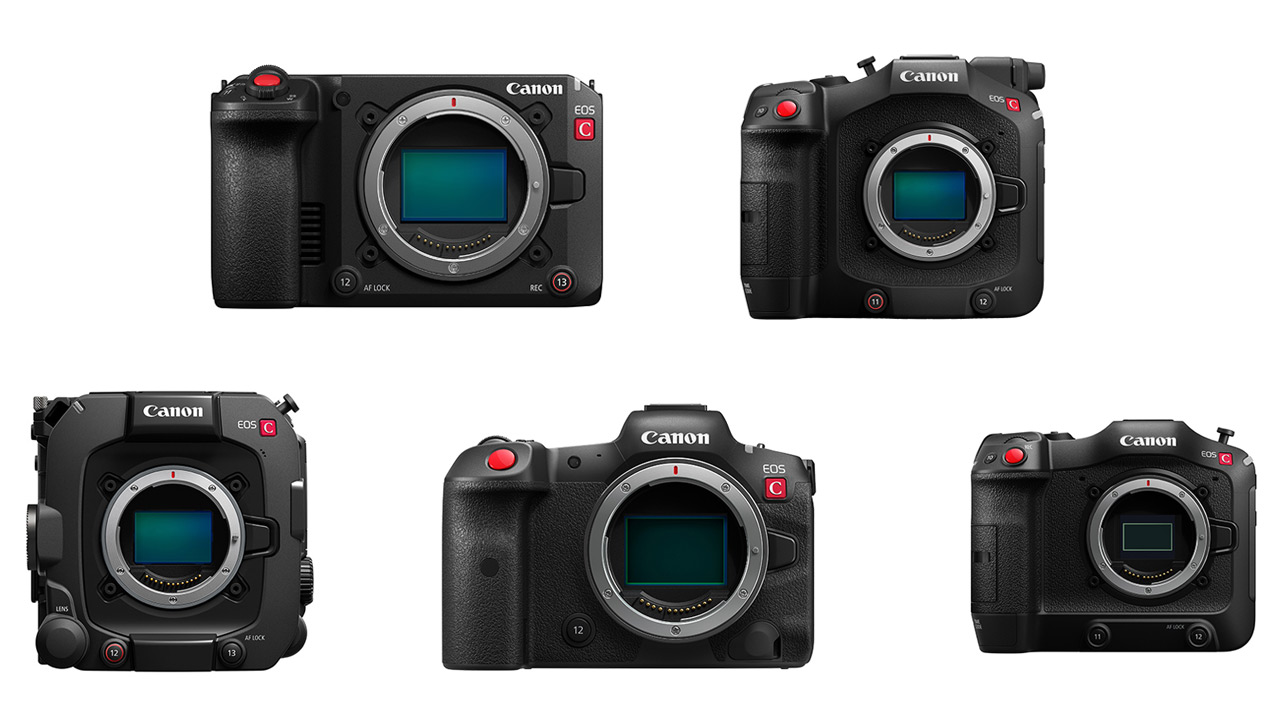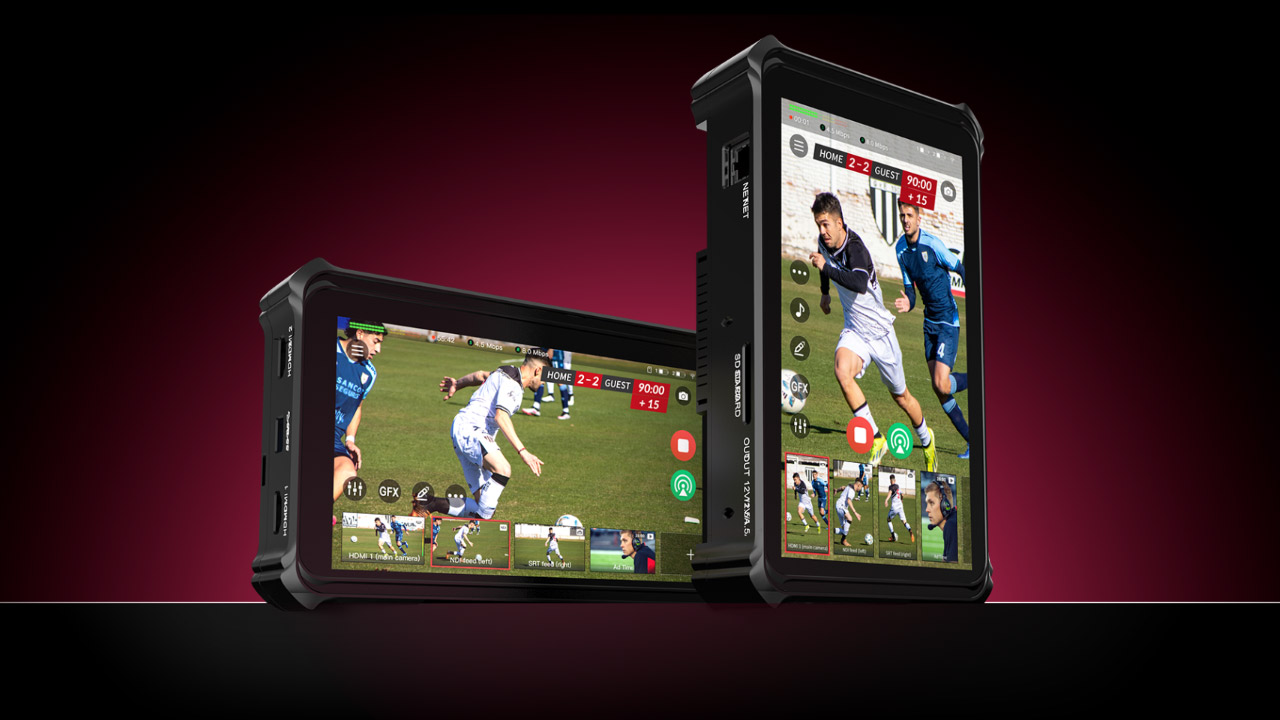Nikon’s Roots
![Nikon F2 Eye Level [Nikon Lineage] Vol.14 Main Photo](https://jp.static.pronews.com/pronewscore/wp-content/uploads/2024/04/240424_nikonF2_01.jpg)
The long-lasting Nikon F
Thanks in part to the Photomic system, the Nikon F was produced for 15 years, a surprisingly long life for a camera at the time. In the 1960s, SLR cameras were equipped with built-in exposure meters and became TTL cameras. New technologies emerged one after another, so a new product would normally be released every two to three years. However, the Nikon F managed to get by by only updating the Photomic viewfinder.
One thing though, the body mechanism, which was the most advanced technology at the beginning, gradually became outdated over the years, and its difficulty in use became evident. So, the Nikon F2 was released in 1971, which inherited the good points of the Nikon F while updating it to suit the times.
Nikon F2 Codename: “A-Camera”
Development of a successor to the Nikon F began in 1965, the year the Nikomat FT was released. The development codename was “A Camera.” Perhaps this was the result of the development team becoming aware of the Nikon F’s poor usability through the development of the Nikomat. However, the Nikon F was still going strong, so they did not immediately move on to a new model.
The main improvement points are:
- A. Shutter button location: Like the Barnack Leica, it is located close to the back of the camera, making it difficult to press.
- B. Film loading with detachable back cover: When changing film on location, it can be difficult to find a place to put the back cover.
- C. Mirror cut occurs with long focal length lenses.
- D. The focus position of the viewfinder image moves before and after winding the film.
- E. One film is wasted when the mirror is raised.
By improving each of these aspects one by one, the Nikon F2 was born, becoming the perfect SLR camera with a mechanically controlled shutter.
Shutter Improvements
The Nikon F2’s focal plane shutter is a three-axis drum type that was inherited from the Nikon F, but the curtain speed has been significantly increased, with the maximum speed being increased from 1/1000 second to 1/2000 second.

The flash sync speed was also increased from 1/60th of a second on the Nikon F to 1/80th of a second. A distinctive feature was the ability to use the self-timer to achieve slow shutter speeds of 1 to 10 seconds. However, this was not an original feature of the Nikon F2, and was precedented by the East German Pentacon Super and Exakta VX.

On the Barnack Leica, the shutter button passed through the film feed sprocket shaft to operate the mechanism at the bottom of the camera. Following this trend, the Nikon F’s shutter button was also located near the back, but it was found to be difficult to press, so on the Nikon F2 it was moved to a more easily accessible position at the front.
Nikon F Mirror Needed Improvement:
The aforementioned improvements to the D and E are related to the quick-return mirror mechanism. Nikon’s F mirror holder (known internally as a “dustpan”) had a pin at the side of its tip, which was held down by a hook-shaped lever. When the shutter button was pressed, this hook was released and the mirror rose, starting the exposure sequence. When the exposure was complete, the mirror lowered and returned to its position where it was caught by the hook.
However, at this time, the force of the mirror-down spring is acting, pressing the mirror against the positioning lever attached to the wall of the mirror box. When the film is then wound up, the mirror drive spring is charged, and this time a force is applied in the mirror-up direction, which is held in place by the hook. In other words, the direction of the force acting on the mirror changes from downward to upward during film winding, so the mirror moves slightly by the amount of the gap between the positioning lever and the hook, which causes a shift in the focus position of D.
In addition, when manually flipping the mirror up, the force of the charged spring is used to raise the mirror, and to return it to its original position, the winding lever must be operated to recharge the drive spring, wasting one film.
The Nikon F2 Mirror
In the Nikon F2, the mirror is constantly pressed downwards by a weak spring. It is then lifted by a mirror drive lever on the side of the mirror box. When the mirror is in the lowered position, it is in contact with a positioning lever and is separated from the drive lever. When the shutter button is pressed, the hook is released and the mirror drive lever is pulled by the spring and moves, taking the mirror with it along the way, eliminating the problem mentioned above. The developers of the A camera called this the “dangling system.” The length of the mirror in the front-to-back direction was also increased, eliminating mirror cutoff.
Motor Drive
Being a flagship camera, the Nikon F2 was also equipped with a motor drive. Initially it was the MD-1, which was later replaced by the MD-2, which underwent minor changes. With the Nikon F, the motor drive still had a strong character as a remote control, but the one for the Nikon F2 was primarily designed for continuous shooting, so the battery case was designed to be integrated with the motor drive from the start. Also, there was no need to adjust it to fit each individual body.
What is particularly noteworthy about the MD-1 and MD-2 is their automatic rewind function. Up until that point, very few cameras had the automatic rewind function driven by a motor, and the main reason for this was that the 35mm film cartridge shaft only had a rewind key on one side of the shaft. This meant that it was not possible to rewind the film by driving the shaft from underneath the camera. However, starting with the Leica M5, which was released in the same year, a key was placed on the opposite side of the shaft. The motor drive for the Nikon F2 immediately took advantage of this and incorporated an automatic rewind function.


In 1977, a simplified motor drive, the MD-3, was released with a slower frame rate, but it did not have the automatic rewind function.
Other improvements
With the transition from the Nikon F to the F2, film loading became standard, with the back cover opening and closing using a hinge. However, due to the use of a film magazine, the back cover was opened and closed using a half-moon shaped key located just below the film chamber at the bottom of the camera. This key could be completely removed, and when using with the MD-1 or MD-2, the rewind shaft was inserted through the hole left by the key. A long 250-exposure magazine was also provided for the motor drive, and the back cover could be removed in order to use this. This was later also applied to the attachment of a data back. Compared to the straight-lined exterior design of the Nikon F, the new model retained that image but was more rounded.
Originally written in Japanese by Kenji Toyota|Profile
Mr. Toyota was born in Tokyo in 1947. He worked for Nikon Corporation for more than 30 years, designing single-lens reflex cameras and working in electronic imaging. He will then teach as a part-time lecturer at the Department of Photography, College of Art, Nihon University until 2021. Current positions include Fellow and Auditor of the Photographic Society of Japan, Cooperating Committee member of the Japan Opto-Mechatronics Association, and judge of Japan Camera Museum’s “Japanese Historical Cameras.” He has written many books, including “Toyoken Sensei’s Camera Mechanism Course (Nippon Camera Company)” and “Cousins of the Nikon Family (Asahi Sonorama).”


